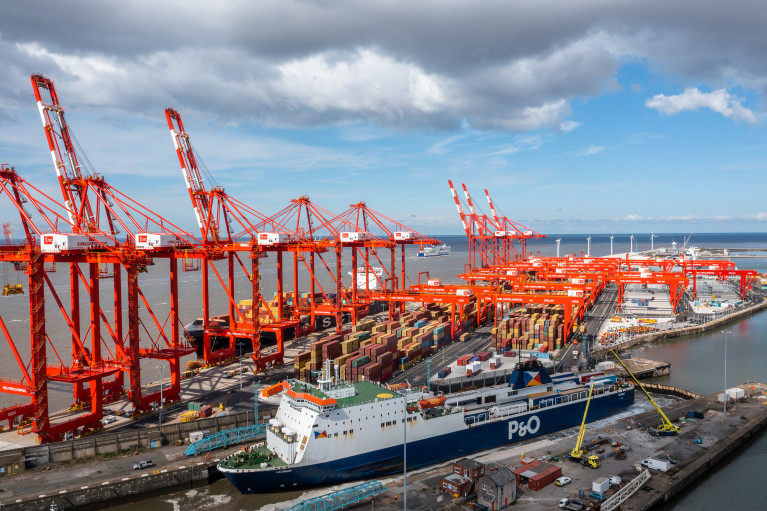Displaying items by tag: Harbours Act 1965
The ports industry in the UK has described as “unworkable” ministers’ plans to ask port operators to block ferries with crews paid less than the minimum wage, the government’s signature policy response to outrage over the sacking of 800 workers without consultation by P&O Ferries.
The transport minister, Grant Shapps, told parliament on Wednesday that the government would write to the operators of British ports telling them to refuse access to companies that did not pay the UK minimum rate, in a move explicitly addressed at P&O.
He also outlined plans to create “minimum wage corridors” on ferry routes between the UK and Denmark, France, Germany and Ireland.
However, the ports industry immediately said it would be unable to carry out Shapps’s policy.
Richard Ballantyne, the chief executive of the British Ports Association, said: “While it’s right the government and the ferry industry look to improve employment rules and standards, the expectation that port authorities will need to enforce minimum wage rules in the shipping sector could be unworkable. This will place ports in a difficult legal predicament, especially before any legislation is in place.
The RMT union, which represents ship workers, said it was “too little, too late”, and questioned whether the move would do anything to force P&O Ferries to reinstate the workers, many of whom are thought to have been paid more than the UK minimum wage before they were sacked.
More from The Guardian on the BPA's response to the UK government's proposal.
























































